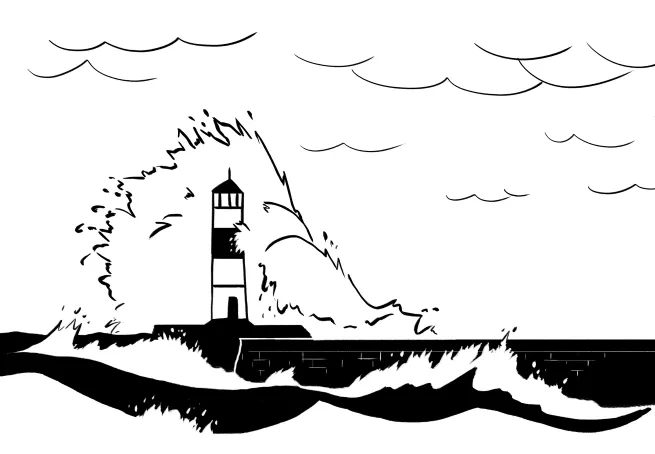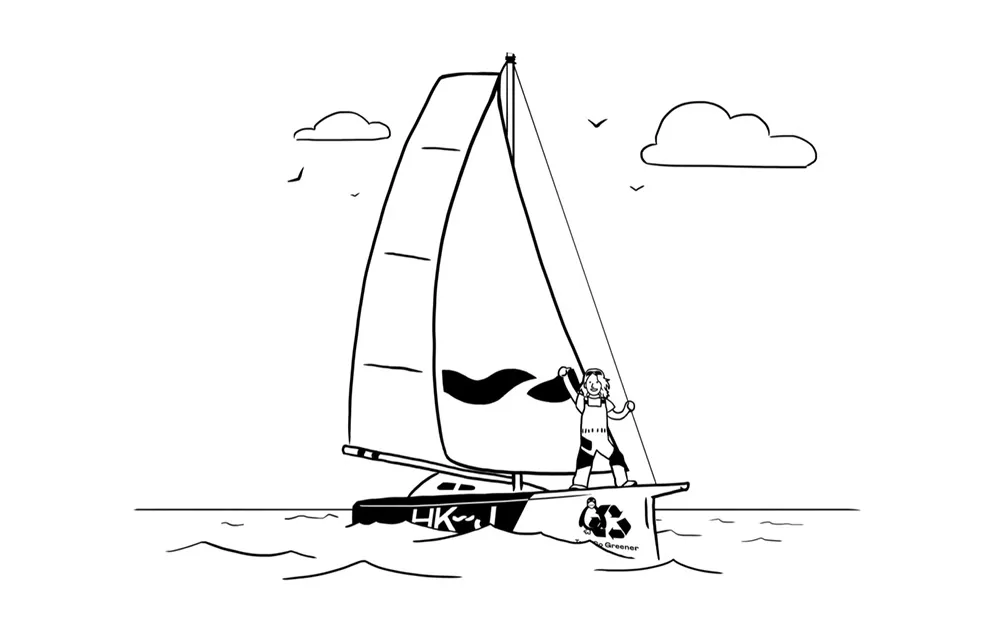- Insure my boatInsure my boat
We’re proud to say our boat insurance is among the best in the business. We cover many different types of vessel, so you’re sure to find the right cover for your craft.
- Barge InsuranceBarge Insurance
Protect your barge from waterway mishaps with our top-notch boat insurance policies. Go for ‘Base Layer’ if you just want third party protection, and ‘All Weather’ for comprehensive cover.
- Commercial Boat InsuranceCommercial Boat Insurance
When your boat is your livelihood, the stakes are very high, so it’s crucial to choose the right insurance. Discover our Commercial ‘All Weather’ policy, created especially for business boats like yours
- Dinghy InsuranceDinghy Insurance
Whether you use your dinghy for racing or recreation, you’ll want to know you’re fully covered when you set sail. Check out our policies and see what floats your boat.
- Inland Cruiser InsuranceInland Cruiser Insurance
When you own an inland cruiser, the world’s waterways are your oyster. But it’s best to plan for the unexpected, as even on a day trip, anything can crop up.
- Motorboat InsuranceMotorboat Insurance
At Haven Knox-Johnston, we’ll help you make lighter work of insuring your motorboat. Check out our policies, and why not get a free motorboat insurance quote today?
- Narrowboat InsuranceNarrowboat Insurance
Variety is the spice of life, and for narrowboat owners, that’s especially true. So you’ll want boat cover that’s flexible enough for whatever crops up, from a team that really knows the ropes.
- RIB InsuranceRIB Insurance
Whatever you use your RIB for, one thing’s certain – your boat insurance needs to be as hard-working as your boat. And when you take a policy with Haven Knox-Johnston, rest assured it will be.
- Speedboat InsuranceSpeedboat Insurance
These boats are all about excitement – and when you’re insuring your speedboat, you need cover that can keep up. That’s where we come in. Why not get a quote today?
- Yacht InsuranceYacht Insurance
You can’t beat the yacht life, but it’s no secret it’s not the cheapest of passions. With our in-depth knowledge of the yachting sector, we’re perfectly placed to protect your pride and joy
- Barge InsuranceBarge Insurance
- Existing CustomersExisting Customers
Nice to see you – hope all’s well.
- Renew my policyRenew my policy
Renew your boat insurance policy with Haven Knox-Johnston
- Go GreenerGo Greener
Can you help us turn a greener shade of green?
- Loyalty SchemeLoyalty Scheme
Boat insurance with benefits
- FAQsFAQs
All your boating questions answered
- BrexitBrexit
What it means for you
- BrexitBrexit
- Renew my policyRenew my policy
- AboutAbout
Find out what we stand for
- Our HistoryOur History
Throughout our history, we’ve never stood still
- About your CrewAbout your Crew
The insurance crew who really care.
- Meet the CrewMeet the Crew
Your first port of call
- Meet the CrewMeet the Crew
- Robin Knox-JohnstonRobin Knox-Johnston
The star of the high seas
- Feefo FeedbackFeefo Feedback
Want to know a little bit more about our services standards? Just click through to see what our customers say about us!
- Our HistoryOur History
- NewsNews
News, true stories and expert insights from the HK-J crew
- BrokersBrokers
At Haven Knox-Johnston our broker partners are essential to our future and we look forward to continuing to offer great products, excellent service and competitive terms to help you look after your clients.
- Renew my policyRenew my policy
Renew your boat insurance policy with Haven Knox-Johnston
- Get a QuoteGet a Quote
- Other ProductsOther Products
Find out what else we can shipshape for you!
- Private ClientsPrivate Clients
Protect your other prized possessions from the unthinkable. Welcome to Howden Private Clients
- Lark MusicLark Music
Get finely tuned Musical Instrument insurance with a 10% discount for the HK-J community
- Private ClientsPrivate Clients
- Contact UsContact Us
Contact us



